6 Places You Must Visit in Malawi
We are proud members of the U.S. Peace Corps community and love to partner with our fellow Peace Corps Volunteers, who often have some of the best insights into the culture and authentic travel experiences available in their host country. We asked Madisen Hughes, a former Volunteer and current resident in Malawi, to share her expertise on the best places to visit in Malawi.
Malawi is a small, landlocked country situated between Mozambique, Zambia and Tanzania, and houses Africa’s third largest and most biodiverse lake, Lake Malawi. While the lake accounts for most of Malawi’s small area (about one-fifth of the country’s entire square footage is water), the “Warm Heart of Africa” boasts some of the most under-appreciated landscapes in the world. In the north you can hike through dense forests and rolling mountains; in the south you’ll find plateaus and expansive valleys filled with wildlife.
When to visit Malawi: The best time to visit Malawi is between March–June and October–November, otherwise you risk a wet, rainy trip.
How to get to Malawi: You can fly into either major airport, Kamuzu International Airport in Lilongwe or Chileka International Airport in Blantyre. Flying into Lilongwe will grant you better access to spots in the Northern region of Malawi, as Blantyre is the southernmost city in the country.
How long to stay in Malawi: Regardless of which city you arrive in, Malawi is a tiny country that can be traversed fully within a week or two.
Best places to visit in Malawi
The map above shows the location of the must see Malawi travel destinations mentioned in this post.
Disclosure: This post contains affiliate links.
6. Zomba, Malawi
Fresh fruit, plateau viewpoints, and rich, vibrant flora lining the streets.
Arriving in Zomba you’ll be struck by the colors before anything else- wild flowers lining the streets and ancient, massive trees providing natural canopy at every stop. Zomba is a small city with a population of a little over 100,000 and used to be Malawi’s capital city before it was moved to Lilongwe.
If you’re active and like to explore on foot, you’ll never be bored in Zomba. Take a stroll around the city and you’ll see bits of pieces of the town’s British colonial past in the architecture and monuments. The city is small and you’re never too far from the city’s marketplace, a bustling trading center where you can purchase fresh fruit, spices, and souvenirs.
The main attraction, however, is Zomba Plateau – a lush oasis whose highest peak reaches 2,087 meters above sea level. Towering over the city, Zomba Plateau is both impossible to ignore, ridiculously easy to access, and stunningly beautiful. From grand waterfalls to views of the Shire River Valley below, there’s no shortage of sites to see or places to explore.
You can hike from the city (just ask the locals to point the way), or take a taxi up to a lookout point near the peak – Williams Falls. I prefer to pitch a tent on the plateau – there is a beautiful campsite called Trout Farm – but hotel accommodation is available if you forgot your camping gear! There are also opportunities to horseback ride and swim atop the plateau; most of these experiences can be sought out at any of the lodges in town.
Where to stay in Zomba, Malawi: My favorite place in Zomba is Pakachere Backpacker’s Lodge. They offer dorm beds as well as private rooms.
5. Mount Mulanje, Malawi
Water falling into clear springs, tea estates, and an island in the sky.
A personal favorite of mine, I couldn’t leave Mount Mulanje off the list of the best things to do in Malawi. Located an hour southeast of Blantyre, Mulanje is a district in the Southern region that contains the tallest mountain in the country, Mount Mulanje. Rising up over 3,000 meters, Mulanje is known as the “island in the sky” because it towers majestically and unexpectedly from the flat plains below.
There’s a network of paths, trails, and roads that go up and around the mountain, which offer a range of experiences from light hiking to serious rock scramble. I suggest taking a few days to explore all that this location has to offer. There are tall waterfalls, stunning views of the land below, and deep, natural water holes to discover here! If hiking isn’t for you, spend some time at one of the various tea estates in and around town. I recommend Thyolo Tea Estates.
Keep in mind that if you plan on reaching Mount Mulanje’s summit, you’ll need at least three days and a guide with you. Camping and hiking equipment is available to rent in town! Go with a group if possible. Guides charge $25 per day which can be split amongst a larger group.
Where to stay near Mount Mulanje, Malawi: I’d suggest Nalipiri Tourist Lodge, which has a pool and breakfast included.
Other Peace Corps Volunteers recommend a village homestay on Airbnb that’s not currently available.
4. Cape Maclear, Malawi
Live music on the beach, funky cichlids, and baboons roaming free.
Cape Maclear is situated on the Nankumba Peninsula in Malawi’s southern region, located within Lake Malawi National Park. It’s a tiny, relaxed coastal town with funky lodges, great hiking spots, and opportunities to dive and enjoy the water. If you’re a backpacker and sans hefty luggage, opt for the motorbike ride into Cape Maclear. It’s a scenic ride through the National Park, with baboons running wild and incredible views of the lake.
Cape Maclear is vibrant and lively with cozy beachside restaurants and bars. If you scuba dive (or want to become certified), Cape Maclear is one of the best and cheapest places to get out and into the water. You can become scuba certified for around $250 here. The lake itself is the biodiverse in the world, boasting at least 700 species of cichlid- a perfect experience for novice and experienced divers alike.
Whether you stay for a night or a week, Cape Maclear is fun and social, with live music on the weekends and the ability to bar hop along the beach.
Where to stay in Cape Maclear, Malawi: The lodge, Funky Cichlid on the beach, is great.
Browse Cape Maclear accommodations here >
3. Dedza, Malawi
Ancient art, jagged rock, and African coffee atop the mountain.
Dedza is a district of Malawi that divides the Southern and Central regions, and is a great location to stop by if you’re traveling the length of the country. Just 80 kilometers south of Lilongwe, this town sits high up in the Dedza Mountains and is the highest city in Malawi at 1,600 meters. If you’re a rock-climber, this is the spot to do some bouldering and climbing.
This town is rich with culture- ancient historic traditions can still be seen even now in the art, music, and traditions of the town. Up in the dense forests and granite hills of Dedza is Chongoni Rock Art, a UNESCO World Heritage Site, showcasing ancient rock art and paintings done by BaTwa hunter-gatherers and Chewa agriculturists in the Stone Age and Iron Age.
While you’re in town, stop by Dedza Pottery to grab some souvenirs and watch craftsmen create beautifully molded pieces in the workshop, all while enjoying a cup of coffee and a bit of cake!
Where to stay in Dedza, Malawi: The main accommodation is Dedza Pottery Lodge which has a nice cafe as well.
2. Nkhata Bay, Malawi
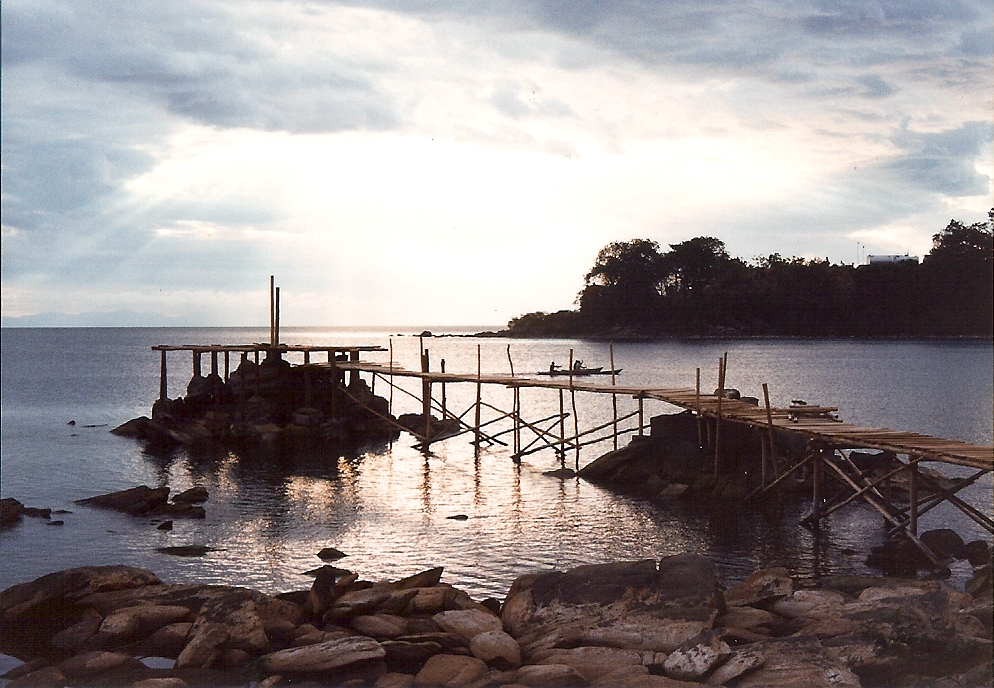 JackyR / CC
JackyR / CC
Clear, azure water, dense forest, and wooden canoes dotting the shoreline.
If you find yourself in Malawi’s northern region, Nkhata Bay is a must see. A port town and center of the lake’s fishing industry, this network of villages and marketplaces is now a hub of tourism. Nestled into the side of rocky, rolling mountains, Nkhata Bay boasts scenic hiking trails and beautiful swimming spots, as well as great diving opportunities.
Mayoka Village Lodge is easily accessible from the town’s center and is an ideal place to kick back and relax lakeside. They offer kayaking, paddle-boarding, and snorkeling to guests free of charge. Don’t miss out on the boat cruises, which include a full afternoon touring the beaches and nearby islands of Nkhata Bay, offering cliff-jumping and a chance to see African Fish Eagles in action.
If you are looking for something more private and secluded, head up to Usisya Eco-Lodge- a hidden gem surrounded by lush forest and tons of wildlife. It’s a quiet oasis for those who want to kick back on the beach with a good book and forget about the world.
Where to stay in Nkhata Bay, Malawi: As mentioned above, I recommend Mayoka Village Lodge on the lake, or the more secluded Usisya Eco Lodge.
Browse vacation rentals at Nkhata Bay on Booking.com here >
1. Liwonde National Park, Malawi
Wide open plains, rolling hills, and curious elephants at your balcony.
When in East Africa, see the Big Five in action! Fortunately, Malawi offers several opportunities for you to grab your camera and catch some of the world’s most lucrative animals. From Nyika National Park in the north to Majete National Park in the southernmost tip of the country, Malawi has 5 national parks and just as many game and wildlife reserves.
Liwonde National Park is a great option for those traveling around Malawi, as it’s accessible and on the way to many other major destinations. After decades of wildlife poaching, Liwonde has spent the past few years prioritizing wildlife conservation and rehabilitation. For the first time in years, you can find the Big Five (as well as dozens of other species) in Liwonde National Park.
Where to stay in Liwonde National Park, Malawi: I recommend staying at Kuchire Lodge, where elephants have been known to wander into the hotel premises and greet guests at night. You may be in for a surprise!
Browse accommodations near Liwonde National Park >
✈️ Protect your Malawi trip with Travel Insurance – We’ve started using Nomad Insurance by Safety Wing for affordable evacuation, international medical, and trip coverage.
As the home of rich, vibrant culture, stunning landscapes and the Big Five to boot, it’s no surprise that East Africa is gaining popularity amongst travelers worldwide. It is gorgeous, it is affordable, and there is so much to explore.
As an expatriate in my second year of living in Eastern Africa, I have ventured off the beaten path and seen a fair amount of what this incredible region of the world has to offer. But even after traveling all around this pocket of the globe, I still keep coming back to the natural wonders located in my current home country, Malawi.
About the Author: Madisen Hughes has been a History teacher, barista, Peace Corps Volunteer, and law student. When she is not writing or working, you can find her stuck on a minibus or perfecting her game of chess. She and her cat, Rosie, share a home in Lilongwe, Malawi and enjoy traveling around southern Africa. More information and her blog can be found at www.warmheartgirl.wordpress.com.
Like this post? Pin it for later or share with friends!

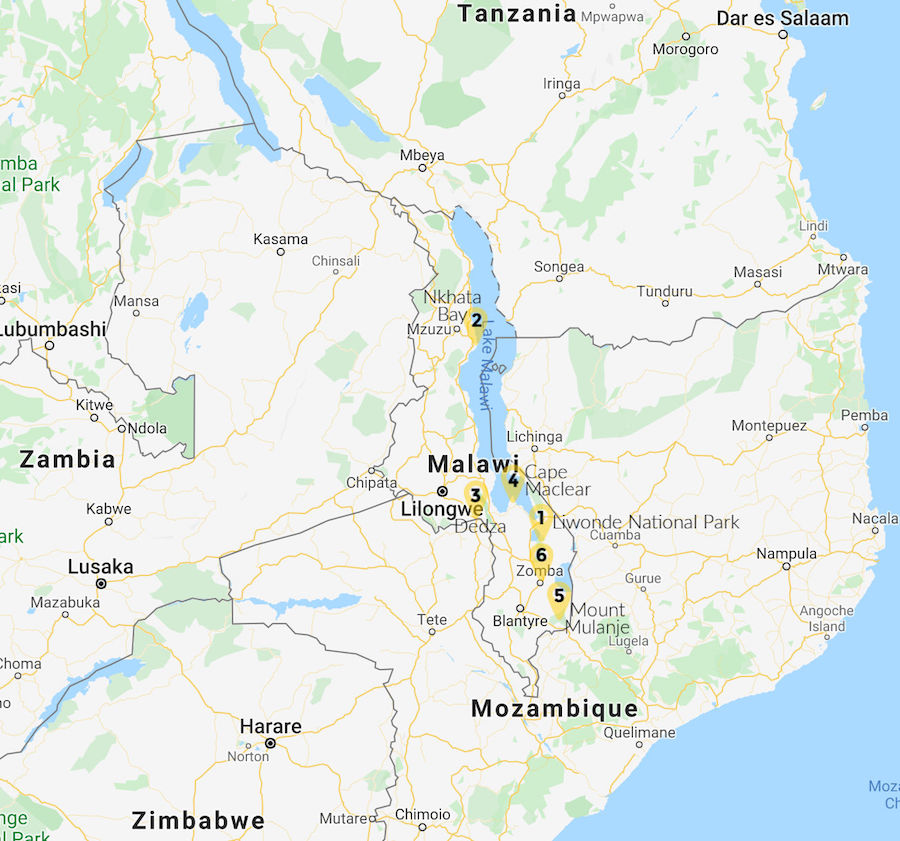
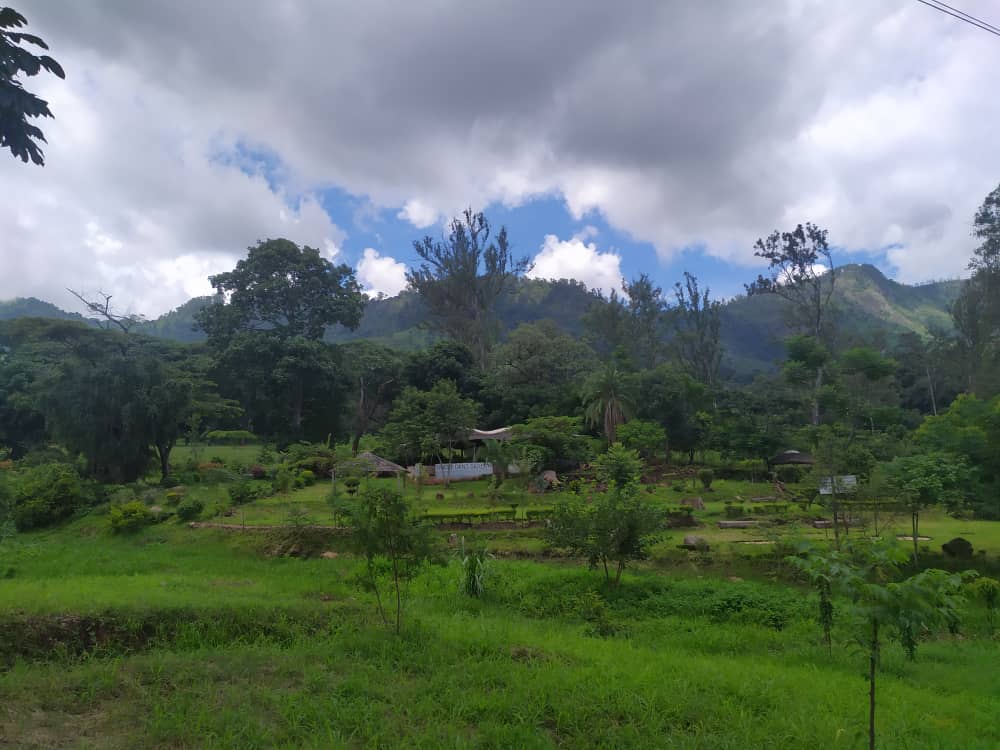
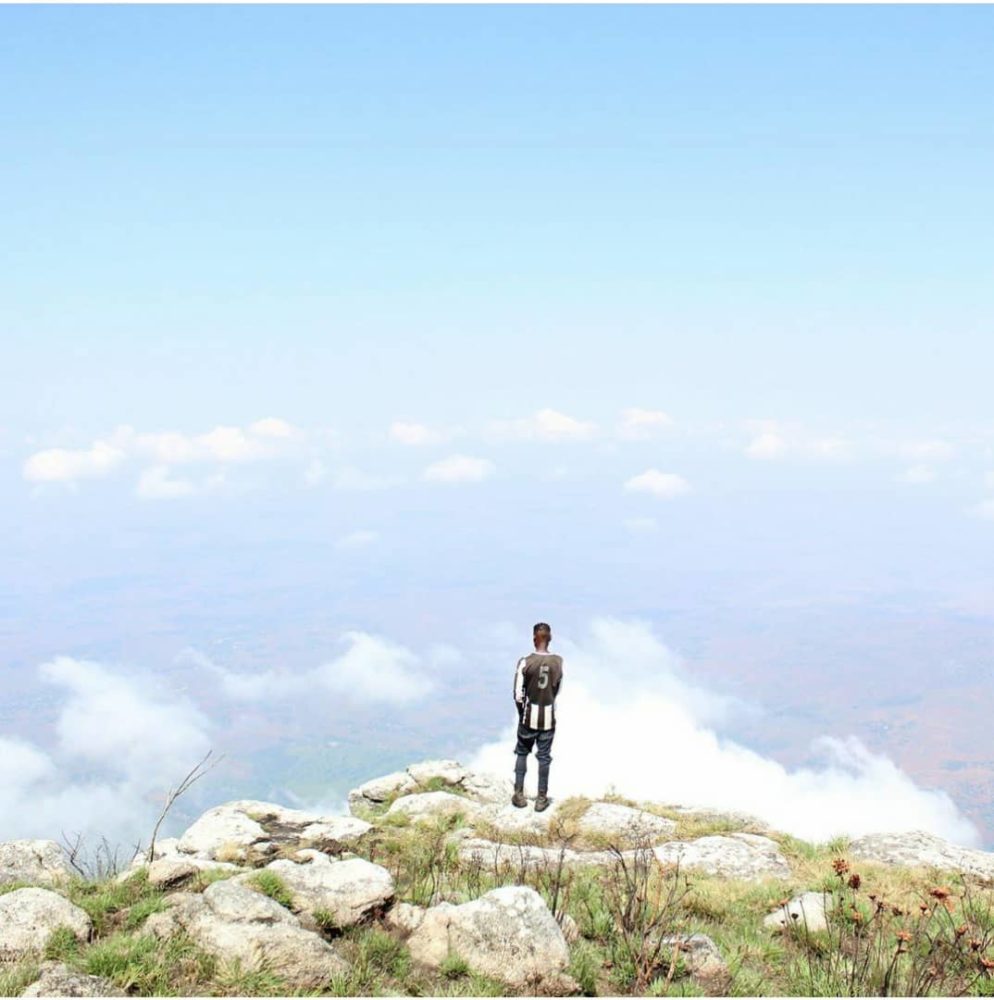
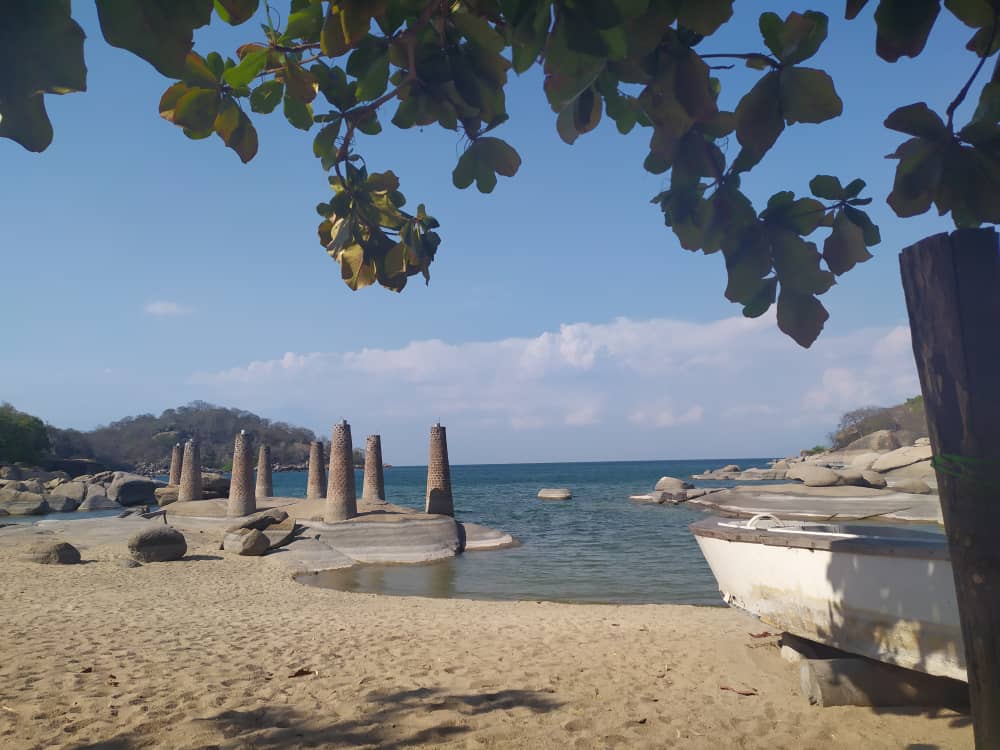
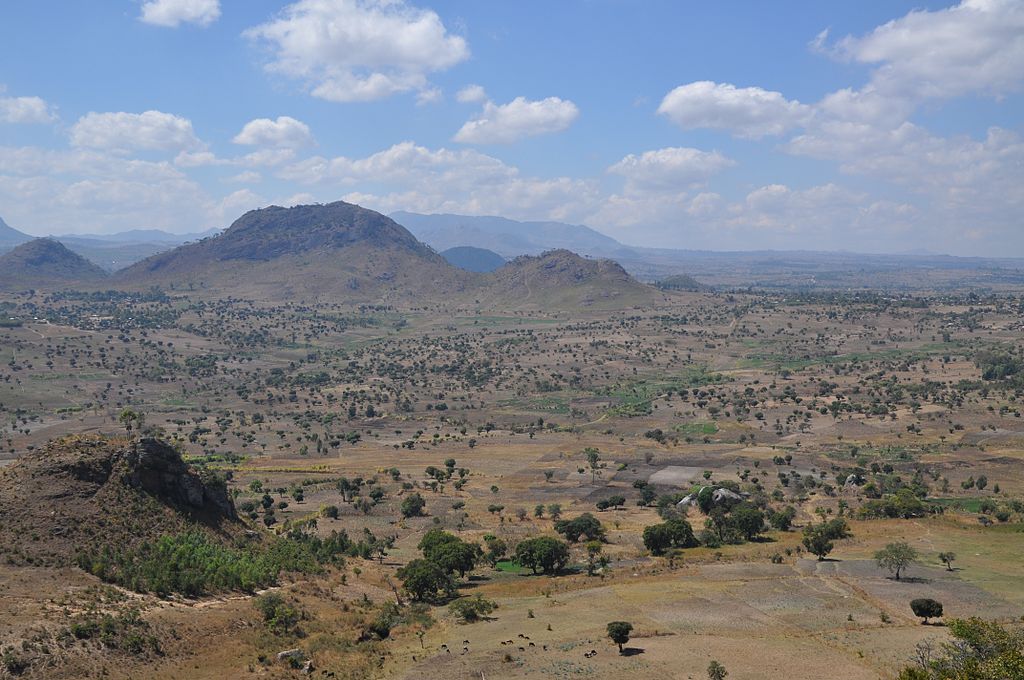
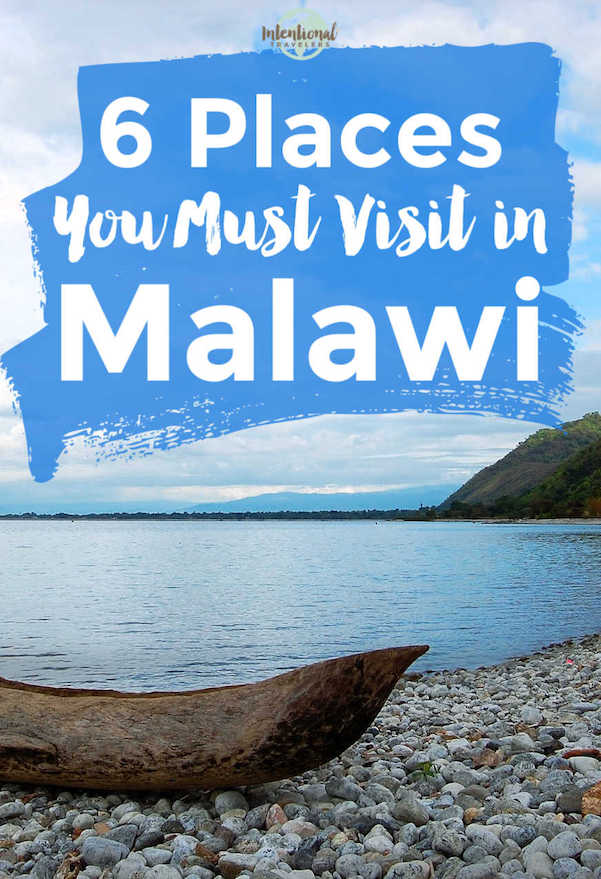
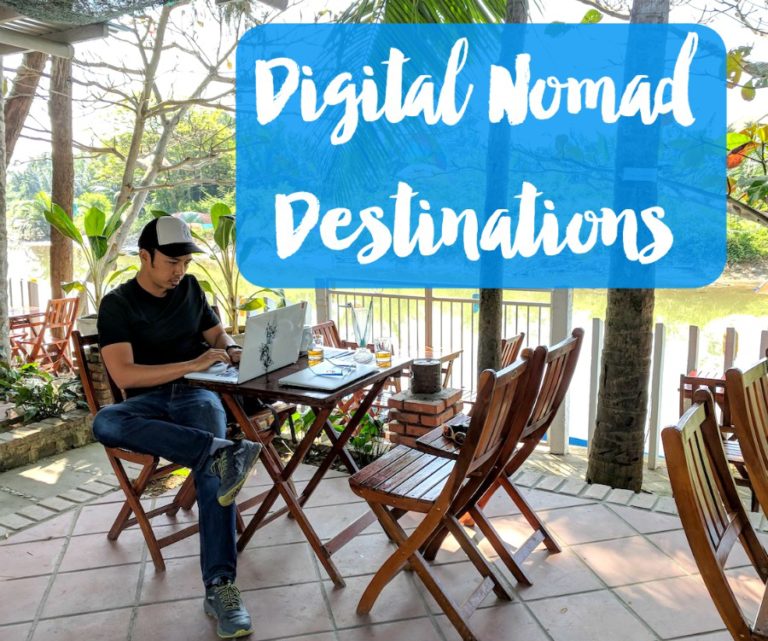
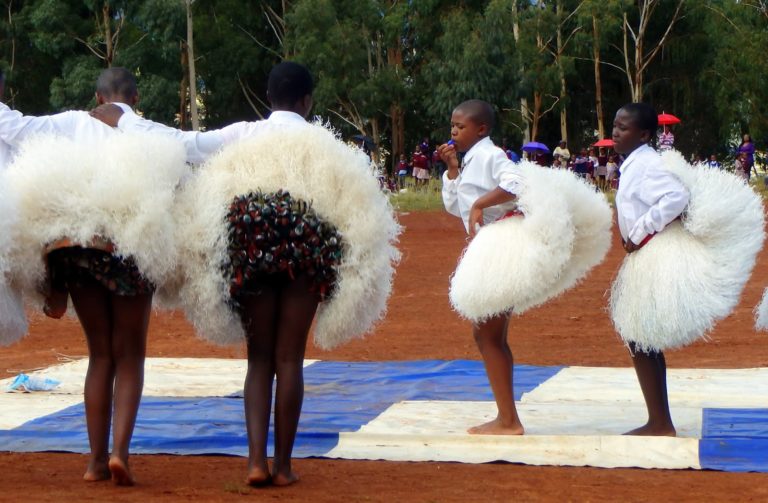
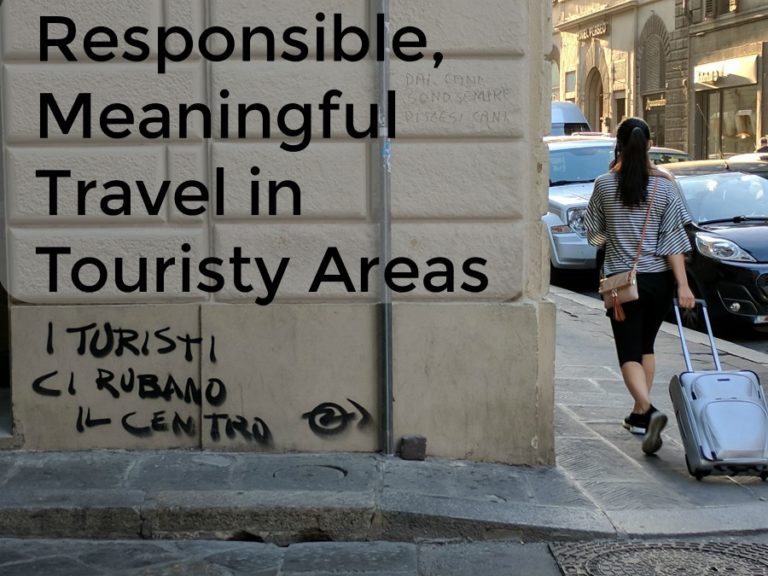
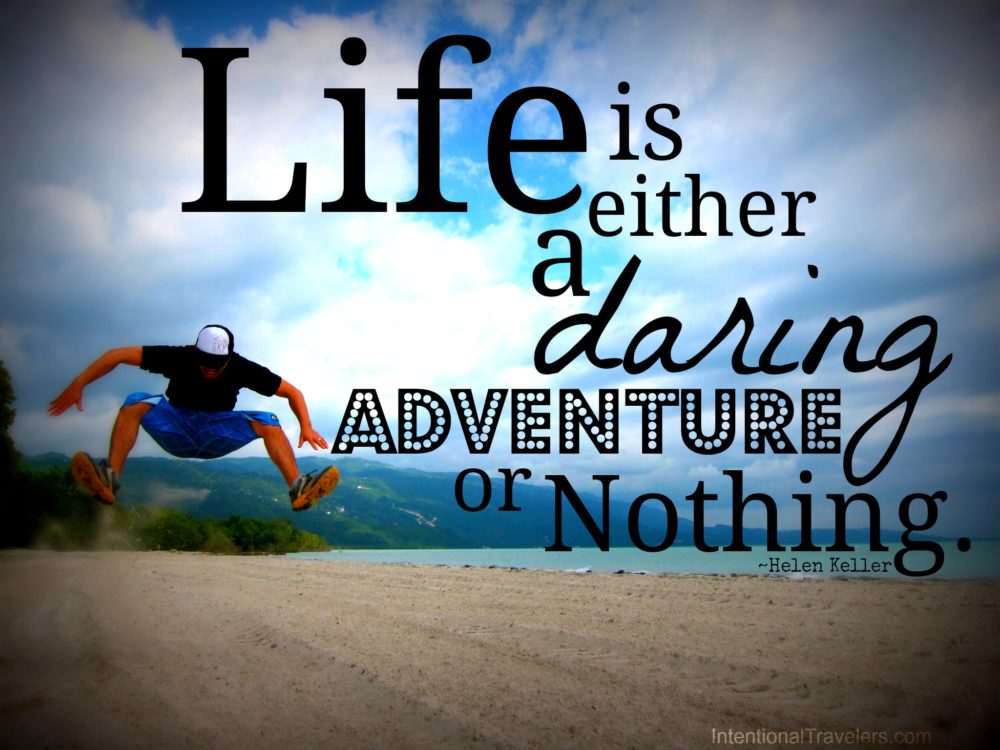

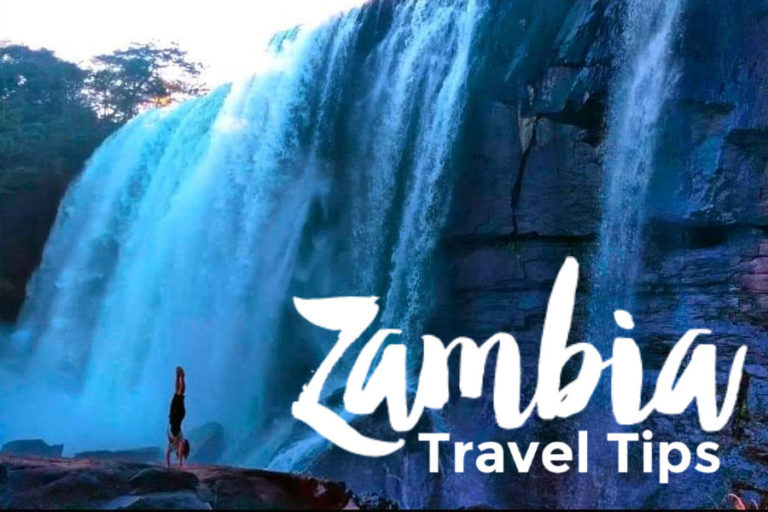
I was in Malawi this past January, but didn’t get much opportunity to travel as I was there to teach. I did make it over to Lake Malawi for a short visit. I hope to return next year so I appreciated reading your thoughts on what to see.
Thanks for stopping by and taking time to leave a comment, Stephen. We hope this article will be helpful when you return to Malawi!
Wonderful! Malawi is truly a gem with some of the warmest and calmest people. For me, trekking Mulanje Mountain was my favorite part of Malawi and probably one of the best experiences in my 8 years of travel!